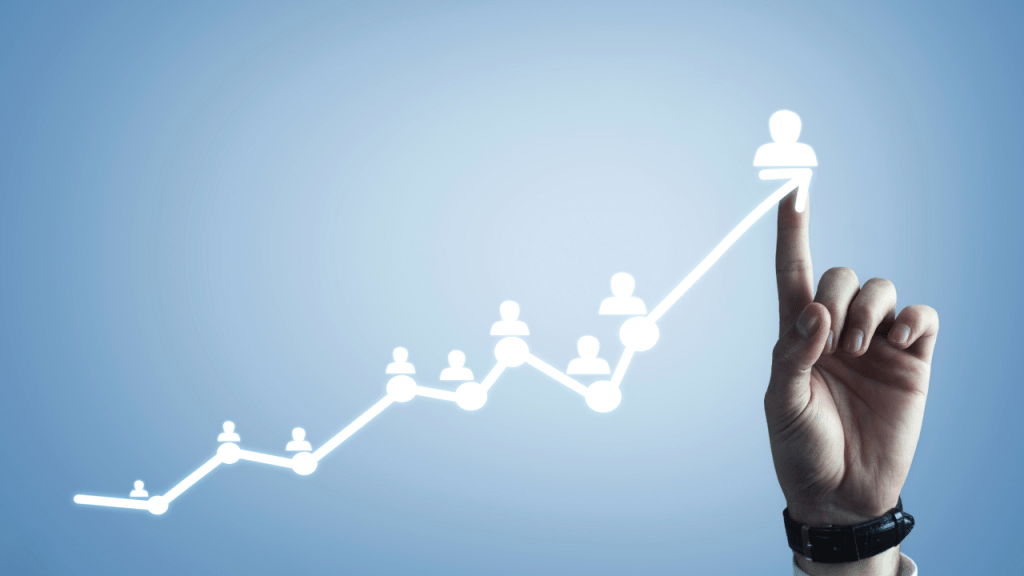In the data-driven economy of 2025, the titles, Data Analyst, and, Data Scientist, seem to pop up everywhere. Many people confuse the two, but the truth is that they represent very different paths.
For someone at a career crossroads, knowing the difference matters. Picking the right path can mean aligning your strengths and interests with the future you want.
This article breaks it down step by step, clearing the fog between analysis and science, so you can see which role fits your goals.

A Data Analyst looks at what has already happened and makes sense of it. Their main focus is answering the questions, “What happened and why?” They work mostly with structured data like sales records, customer databases, or financial spreadsheets.
The end goal is to find trends, highlight problems, and present the numbers in a way that helps teams make better decisions.
This is how a day in the life of a data analyst goes:
Key responsibilities of a data analyst include:

A Data Scientist is more future-focused. Their big question is, “What will happen and how can we influence it?” Instead of just reporting what happened, they build predictive models and sometimes even design new data-driven products.
They work with structured and unstructured data, from transaction logs to customer reviews to streaming sensor data.
This is how a day in the life of a data scientist goes:
Key responsibilities of a data analyst include:
Although the two roles overlap, the table below shows where they split in focus.
| Aspect | Data Analyst | Data Scientist |
| Primary Focus | Explains the past and present | Predicts the future and builds data products |
| Questions Asked | “What happened?” “Why did it happen?” | “What will happen?” “How can we make it happen?” |
| Scope | Defined business questions | Broader, exploratory, often R&D focused |
| Techniques | Descriptive stats, BI, visualization | Machine learning, predictive modeling, algorithms |
| Typical Tools | Excel, SQL, Tableau, Power BI | Python/R, SQL, Spark, ML libraries, Cloud |
| Output | Reports, dashboards, insights | Models, algorithms, data-driven applications |
Although Data Analysts and Data Scientists take on different responsibilities, their work is closely connected. Rather than being isolated roles, they exist on a continuum where the skills of one often support the other.
In fact, much of the work a Data Scientist does begins with the exploratory analysis that Data Analysts are already well-practiced in. This makes analysis a natural starting point for anyone who wants to build toward a career in data science.
Both roles require a similar foundation of skills. Data wrangling, for example, is central to each.
Whether preparing sales records for a quarterly report or cleaning unstructured text data for a machine learning model, both analysts and scientists must be comfortable organizing messy datasets into usable formats.
Alongside this, a strong grasp of statistics is important since both jobs rely on concepts like probability, distributions, and hypothesis testing to make sense of the numbers.
Technical skills also overlap. SQL proficiency is unavoidable, as almost every data role involves querying databases to extract the information needed for analysis or modeling.
Beyond tools, both analysts and scientists share a trait that no software can replace…curiosity. The drive to ask the right questions, to dig beneath the surface of the data, and to connect patterns to real-world meaning is what fuels both careers.
Because of these overlaps, many professionals begin as Data Analysts before moving into Data Science. By mastering SQL, reporting, and visualization early, they build a strong foundation in analytics.
Over time, they can expand into programming, machine learning, and advanced modeling. It’s a natural career progression that has shaped the path of many successful data scientists today.
Specialized skills and tools are what truly separate data analysts from data scientists. While both share a common foundation, the tools they rely on and the depth of technical knowledge required can differ quite a bit.
For a data analyst, strong technical proficiency in tools like Excel and SQL is non-negotiable. Excel remains a versatile option for quick calculations and organizing data, while SQL gives analysts the power to pull information directly from databases.
Business intelligence tools such as Tableau or Power BI round out the toolkit, allowing analysts to create dashboards and visual reports that make data easy to interpret for decision-makers.
Beyond technical ability, analysts rely heavily on soft skills. They must be skilled storytellers, capable of translating raw numbers into narratives that resonate with stakeholders.
Communication is critical as analysts often present findings to teams that may not have a technical background. Paired with strong business sense, these skills enable them to tie insights directly to practical outcomes.
The toolkit of a data scientist is far more programming-heavy. Proficiency in Python or R is essential, and within those languages, libraries such as Pandas, Scikit-learn, TensorFlow, and PyTorch form the backbone of their daily work.
These libraries make it possible to clean data, build predictive models, and train machine learning systems at scale.
On top of programming, a deep foundation in mathematics is necessary. Concepts from linear algebra, calculus, probability, and inferential statistics are regularly applied when building models and analyzing complex data sets. This knowledge allows data scientists to not just use algorithms, but also understand how and why they work.
Their technical expertise extends into areas like model deployment and working with big data technologies.
From handling data stored across distributed systems like Spark to designing workflows on cloud platforms, their role demands comfort with large-scale systems. This blend of coding, math, and system knowledge equips them to create predictive tools and intelligent applications that go beyond static reporting.

Careers in data are among the strongest in 2025, with both analysts and scientists enjoying clear growth paths, high demand, and competitive pay. While the two roles differ in focus, each offers long-term opportunities.
Data analysts are often expected to have a bachelor’s degree in business, economics, statistics, or computer science. Bootcamps have also become a common entry route, especially those focused on SQL, Excel, and BI tools. Hiring managers increasingly value portfolios and hands-on skills alongside degrees.
Data scientists more commonly have a master’s or a Ph.D. in quantitative fields like computer science, engineering, or mathematics.
Still, many employers now place equal importance on strong portfolios with real-world projects such as machine learning models or natural language applications.
Analyst careers usually start with junior roles focused on reporting and cleaning data, then advance to analyst, senior analyst, or BI Analyst.
With experience, professionals often step into management positions such as analytics manager or director.
In the United States, starting salaries range from $55,000 to $75,000. Mid-level roles average $80,000 to $100,000, while managers or directors often make $110,000+ depending on industry and company size.
Data scientists begin as juniors, progress into independent roles, and often move into senior scientist or machine learning engineer positions. Leadership opportunities include lead data scientist or head of data science.
In the U.S., entry-level salaries range from $85,000 to $110,000. Mid-level professionals earn $115,000 to $140,000, while senior roles reach $150,000 to $170,000.
Top leads in major tech hubs like San Francisco or New York often command $180,000 to $200,000+.
Choosing between data analysis and data science often comes down to personality, interests, and the type of work that feels most rewarding.
If you enjoy working with existing data, spotting patterns, and turning those findings into clear reports that influence business strategy, the data analyst role is a strong fit.
Analysts often see the immediate results of their work since their dashboards and reports directly shape day-to-day decisions within a company.
On the other hand, if you have a passion for programming and advanced mathematics, data science may feel more natural.
Scientists thrive on building predictive models from the ground up, experimenting with algorithms, and tackling the challenge of anticipating future trends.
The excitement lies in creating systems that don’t just explain what already happened but can also forecast what comes next. This path is especially suited to those who enjoy research, problem-solving, and designing new data-driven tools.
Data analysis focuses on the past, explaining what happened and why, while data science looks ahead to predict what is likely to happen and how to influence it. The two paths are different in nature, but they aren’t in competition.
In fact, businesses perform best when both roles work together. Analysts provide clarity and context, while scientists push innovation and prediction. Combined, they turn raw data into powerful insights and forward-looking strategies that help organizations stay ahead.